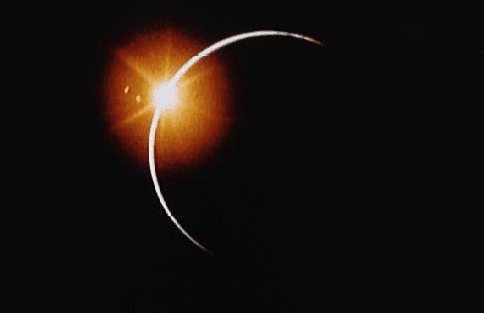Complexity and the PHOSITA
Ever thought of how complex adaptive systems relate to the issue of obviousness in patent law? Me neither, until recently. As many will be aware KSR v. Teleflex is currently before the United States Supreme Court, with a decision due any day. The case focuses on the role of persons having ordinary skills in the art (PHOSITA) in the obviousness analysis. In
As someone who spent years in the lab prior to going into law, I took issue with this de-contextualized view of scientists. Using the tacit/focal knowledge framework of Michael Polanyi and actor-network theory of Bruno Latour, I analyzed the inventive capacity and identity of the pharmaceutical PHOSITA and the ability thereof to best assist the court in determinations of obviousness in pharmaceutical litigation.
The result is a paper due out in the University of Ottawa Law & Technology Journal this spring (Living Separate and Apart is Never Easy: Inventive Capacity of the PHOSITA as the Tie That Binds Obviousness and Inventiveness in Pharmaceutical Litigation) arguing in favour of a normative construction of the PHOSITA and a “purposive test” for obviousness. The proposed test focuses on the essence or “pith and marrow” of the invention rather than binary notions of scintilla/no scintilla of inventiveness, whether the PHOSITA would/could have derived the invention, or whether the research leading up the the invention was routine/not routine.
I welcome any suggestions and comments on the work from fellow bloggers and patent scholars and practitioners.









0 Comments:
Post a Comment
<< Home